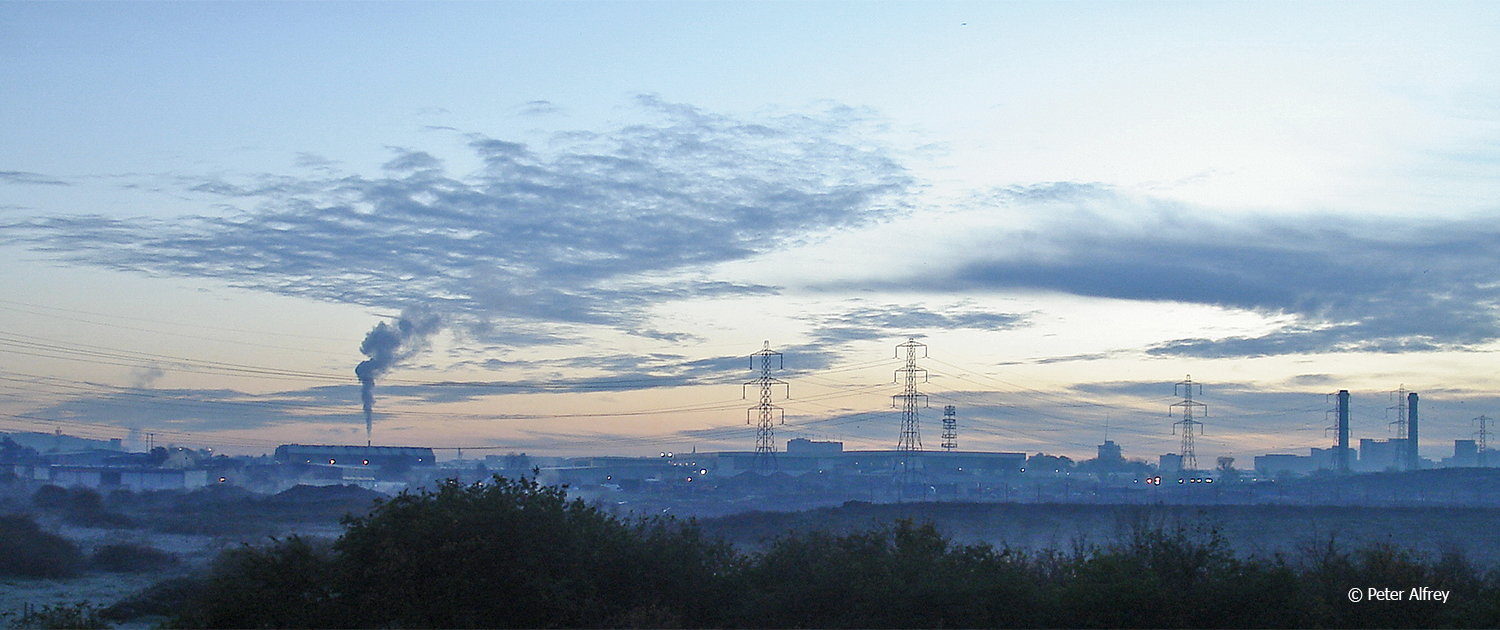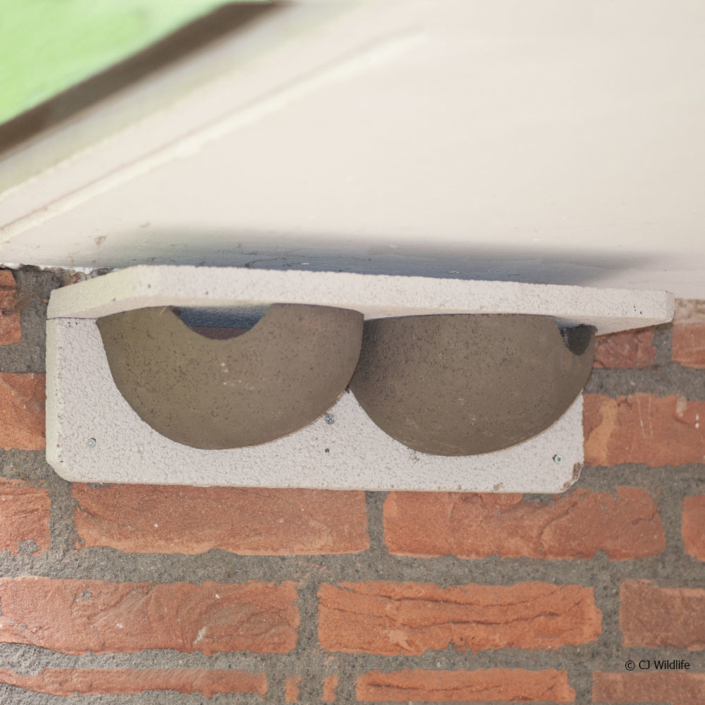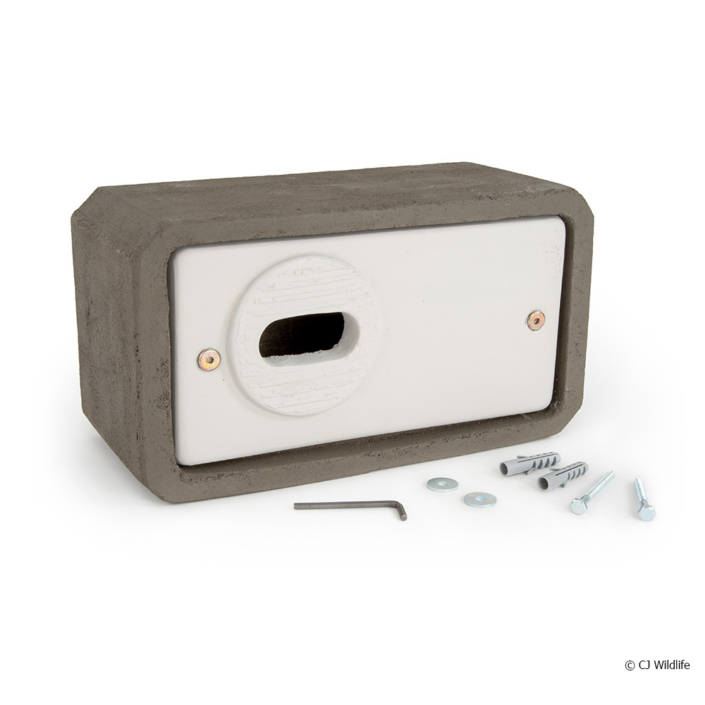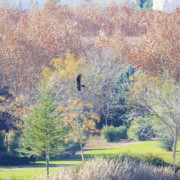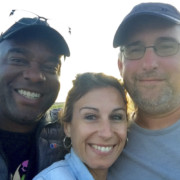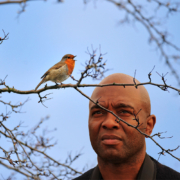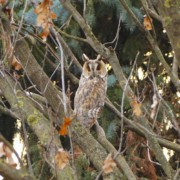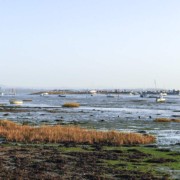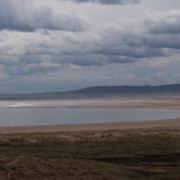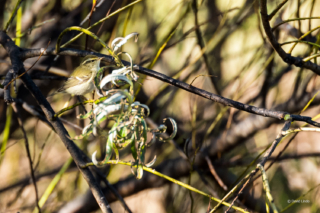It’s a sad fact that human urbanisation across the world has caused perhaps the most dramatic and irreversible transformations on our natural ecosystems. Many of the impacts are a real challenge for the survival of birds and other animal species that try to make their home amongst us. Negative effects like disturbance, noise and light pollution can be devastating. That said, there are ways in which we could mitigate these issues. One such application could be for town planners to design nature friendly buildings replete with built in nooks, crannies and holes for wildlife. Equally, existing homeowners, landlords and others could be encouraged to renovate their properties with wildlife in mind. But how practical is that?
I have been watching birds for pretty much all of my life and the vast majority of that time I spent eking out the presence of birds within an urban context. A lot has changed in London, my natal city, since I first wielded binoculars as an eight year old. Birding was new to me so, I took for granted the colonies of House Martins whose mud nests festooned many of the eves of the houses in my street. My house did not possess an eve so, sadly, I did not host any Flying Orcas, as I used to refer to them. Swifts, Starlings and House Sparrows were also regular breeders within the roof crevices of the houses on my street. Indeed, my road really did live up to its name: Wyld Way.
During the 60s and 70’s this situation was reflected across the UK. But changes were afoot. Urban development has intensified with a lot of building work going on throughout all of our urban centres. This has slowed since the 80’s and with the current economic climate in slowdown it’s due to slacken further. Today, there are about 25 million homes throughout the UK. Although, a proportion of these are situated in the countryside with the vast majority are in urban areas. Although some wildlife has thrived in our urban centres the ones reliant on our very housing for nesting places, notably Swifts, House Martins, Starlings, House Sparrows and bats have all suffered declines mostly due to the lack of nesting sites. There is simply a paucity of holes and, in the House Martin’s case, a lack and nest sites confounded by the use of paint and other coverings that do not allow mud to stick to their surfaces.
Firstly, we have to accept that the towns and cities we live within will continue to expand and some may eventually become megacities. We also have to accept that there will be losses in the natural world, with habitats wrecked and wildlife displaced. This is almost inevitable. However, it is still possible to make space for nature in our cities. If living walls and green roofs were actively promoted, and new buildings designed with pre-positioned holes and crevices for birds, bats and insects, the world would definitely be a better place. Some property developers have become aware that people living within areas where there is plenty of green and blue on view and less grey, enjoy healthier living, both mentally and physically, because they are connected to nature.
For example, Barratt Developments and Aylesbury Vale District Council worked closely with the RSPB to develop a 250-acre site in Kingsbrook, Aylesbury in Buckinghamshire. It was Barratts’s largest development in the UK and reflected their emerging strategy of building housing with net gains for wildlife. The result of this partnership was a housing estate with over 800 Swift nestboxes, fruit trees planted in many of the gardens to form a contiguous orchard, and hedgehog highways between every garden. There is also a sustainable urban drainage system that forms pools and small lakes, as well as wildflower meadows and verges. Badger crossing points have even been factored in to the planning of the estate. It goes without saying that his type of initiative should be the norm not the exception. All housing developers should have a duty to make space for wildlife.
So, there is hope. More and more people are affixing Swift and House Martin boxes to their homes spurred on by the growing numbers of Swift protection groups forming up and down the country. These efforts are resulting in local increases in these vulnerable migratory species. What is needed is more education both aimed at the general populace and town planners. We have our work cut out.
Claim 10% discount using code UKDLIN19
To purchase Swift and House Martin boxes contact CJ Wildlife
www.birdfood.co.uk/nest-boxes/specialist-nest-boxes
More information on attracting Swifts to your property – Swift Conservation

